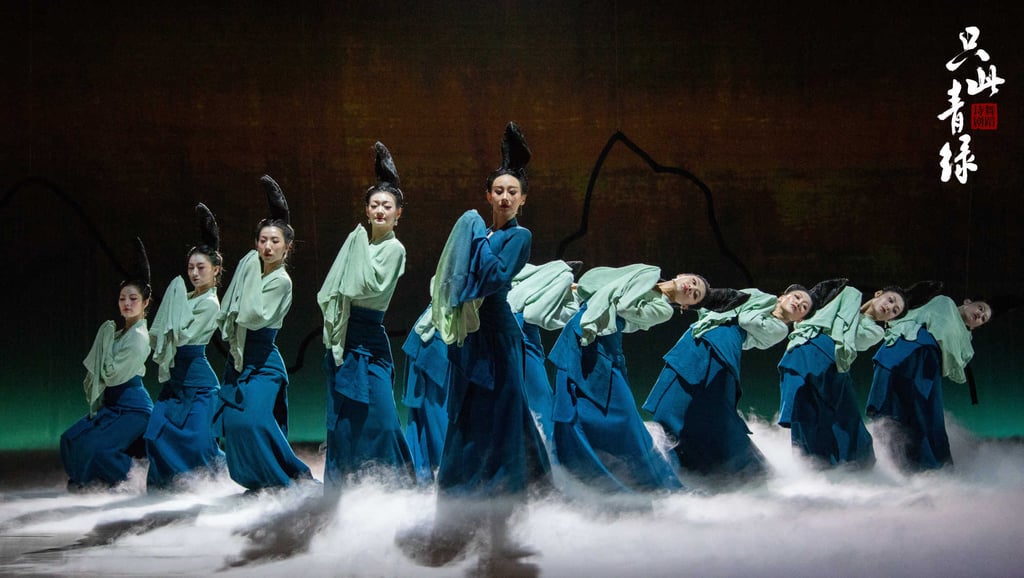She started a viral trend for her back-bending dance moves, now Qinyang Meng explains what it took
- Qinyang Meng has been dancing since she was 5, and has performed at the CCTV annual Spring Festival Gala three times
- She said the move is part of a character that has evolved to become a huge part of her life

When Qinyang Meng bent her back to a 90-degree angle, eyes looking skywards, she had unwittingly kick-started a viral trend.

Meng said she was pleased by the support and attention the dance received.
“I, as a dancer, feel that it is worth the year’s effort to be liked by people for my character in a good piece of work,” she said in an interview with the South China Morning Post. “This honour should belong to our entire crew.”
The viral dance move, also named “blue-green waist”, was part of a performance of the Poetic Dance: The Journey of a Legendary Landscape Painting, or Zhiciqinglu in Chinese. Meng is the lead dancer in the troupe.
Choreographed by Zhou Liya and Han Zhen, two rising stars in China’s dance theatre world, the dance is based on one of the most famous classical Chinese paintings of all time: Wang Ximeng’s A Thousand Li of Rivers and Mountains.